Hungary
Hungary (Hungarian: Magyarország [ˈmɒɟɒrorsaːɡ]) is a country in Central Europe that covers an area of 93,030 square kilometres (35,920 sq mi) in the Carpathian Basin, bordered by Slovakia to the north, Ukraine to the northeast, Austria to the northwest, Romania to the east, Serbia to the south, Croatia to the southwest, and Slovenia to the west. With about 10 million inhabitants, Hungary is a medium-sized member state of the European Union. The official language is Hungarian, which is the most widely spoken Uralic language in the world.
Time for Hungary
Allow external content (Youtube/ video): Privacy settings
Source on external website: www.youtube-nocookie.com
The Region
Audiovisual testimony ECRR Routes Of Reformation Hungary
Allow external content (Youtube/ video): Privacy settings
Source on external website: www.youtube-nocookie.com
Hungary’s capital and its largest city and metropolis is Budapest, a significant economic hub, classified as a leading global city. Major urban areas include Debrecen, Szeged, Miskolc, Pécs and Nyíregyháza. In rural regions cultural heritage has important value in regional development, especially in cultural economy, which can be the main protagonist in economic and social development. There are remarkable potentials: the local churches and sacral monuments in these areas, however there are no regional and/or transnational strategies in existence for their preservation.
The Upper-Tisza area (micro-region of Fehérgyarmat) is situated in Szabolcs-Szatmár County, which is in the East of Hungary, bordering Romania and Ukraine. The micro-region of Fehérgyarmat was part of the historic Szatmár County of the Royal Hungary and most of its territory belonged to Fehérgyarmat township. The settlements of the Fehérgyarmat micro-region have settled onto the protected sand ridge between the rivers Tisza and Szamos. Settlement aggregations with small villages were developed in this area, and did not change during the Turkish occupation (1526-1686) in contrast to other areas of the Great Plain during this time.
Thanks to the extreme geographic conditions of the region, this kind of settlement system with small villages were preserved, which is unique in the county and also in the Great Plain. The small villages of the micro-region have unique heritage. Very distinct architectural customs developed because of poverty and isolation, which can be noticed mainly in the church architecture. Thus the region enclosed by waters kept its characteristic image, mood, medieval built values and the customs of the people living here.
Reformation in Hungary
The Reformation arrived in Hungary first through the German, then the Swiss “branch” and managed to give answers to individual and communal fate questions to the Hungarian people during the 16th Century. It highlighted the topicality of God’s Word.
We can mention that Franciscan and Pauline monks among the preparatory factors of Hungarian Reformation, who urged the rejuvenation of the church: furthermore, we can also enumerate here among the pre-reformer movements, the Hungarian afterlife of Hussitism. Those students exceed besides the monks who preach in the nation’s language and the Hussites who vocalize the Bible in Hungarian, who studied at universities and brought in the latest intellectual and political points of view.
Because of this, the reformist ideas were phenomenal in Hungary before 1526. Primarily, in the royal court and among German-speaking towns.
One of the first Hungarian reformers was Mátyás Dévai Bíró (1500?-1545) who was dignified as “Hungarian Luther” by the Hungarian evangelical brothers. Urban schools became important locales to Protestantism, spreading and strengthening in Hungary (Pápa, Sárospatak, Debrecen, Nagyenyed) of which popular Calvinist dorms were born. By the end of the 16th Century, the Reformation extended to the whole area of Hungary: about 80-90% of the population became Protestant, primarily Calvinist. Calvinist dorms propagated the preaching by printing: this is how the hymnal was published at that time. In addition, a result of this work was the publishing of the Bible in Vizsoly in 1590.
Between 1847 and 1848, the Hungarian parliament proclaimed the full equality and reciprocity of the four established religions: Roman Catholic, Lutheran, Calvinist, Unitarian.
Due to the peace treaty of Paris after the First World War, the area of Hungary shrunk to its third and the number of the Hungarian Calvinists significantly decreased.
Some of the most important reformers in Szatmár County were:
- András Batizi in 1530. He was making hymns
- István Kopácsi studied at the University of Wittemberg then he taught Eastern languages. His coevals called him “Saint and great-Kopácsi”
- Demeter Tordai He served as a priest in Óvári, he dropped out the pictures and altars from the churches. This fact shows that he identified himself with János Kálvin’s opinions.
The unparalleled richness of the architecture of Upper Tisza is marked by three Europa Nostra awards. The local churches that received this award are the Reformed Churches in Sonkád, Gyügye and Szamosújlak.
Sights in Hungary
-
Calvinist church in Csegöld →
Hungary
-
Calvinist church in Csenger →
Hungary
-
Calvinist church in Csengersima →
Hungary
-
Calvinist church in Kisszekeres →
Hungary
-
Calvinist church in Nagygéc →
Hungary
-
Calvinist church in Nagyszekeres →
Hungary
-
Calvinist church in Szamostatárfalva →
Hungary
-
Calvinist church in Tiszakóród →
Hungary
-
Reformed Church of Ajak →
Hungary
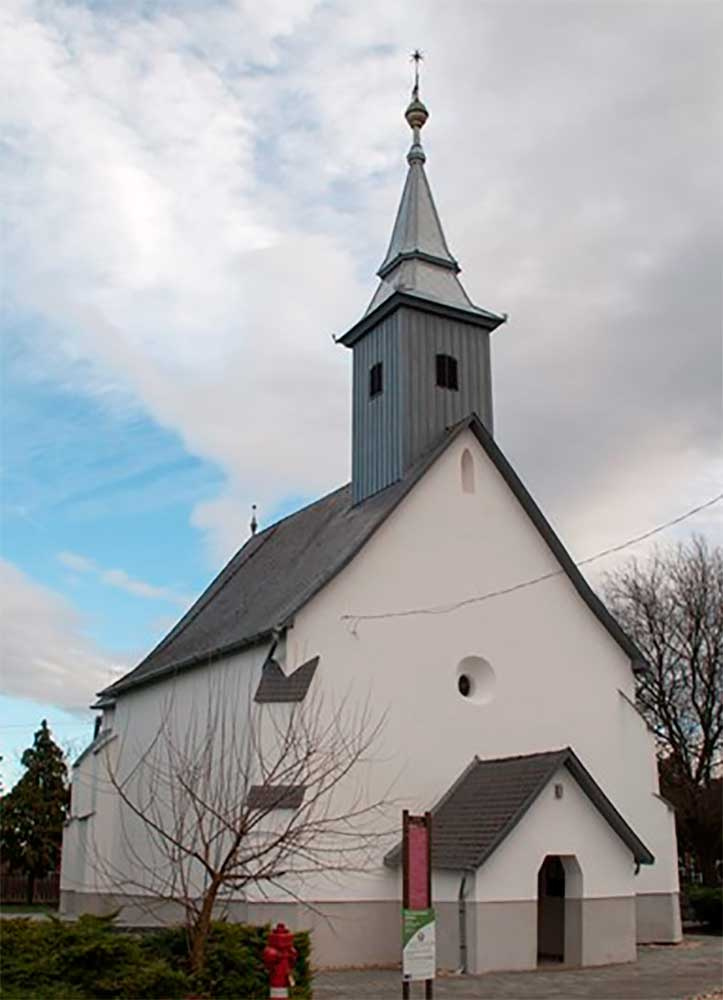
-
Reformed Church of Csaroda →
Csaroda / Hungary
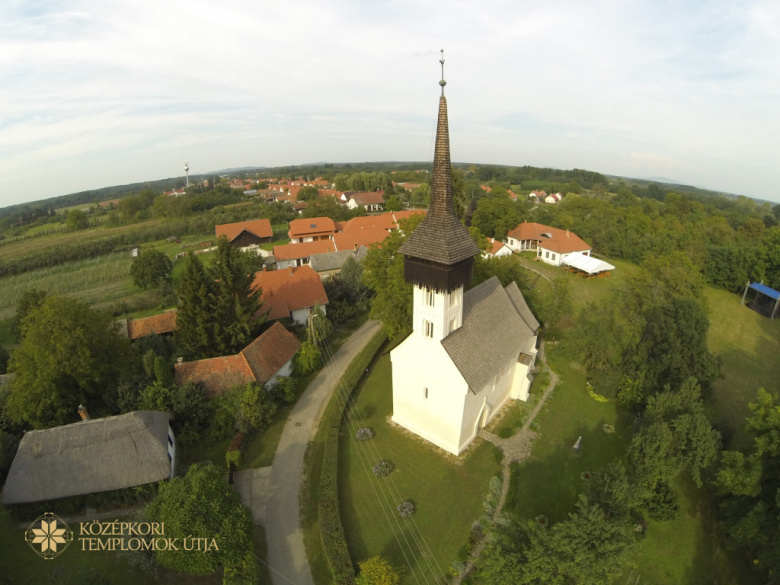
-
Reformed Church of Gyügye →
Hungary
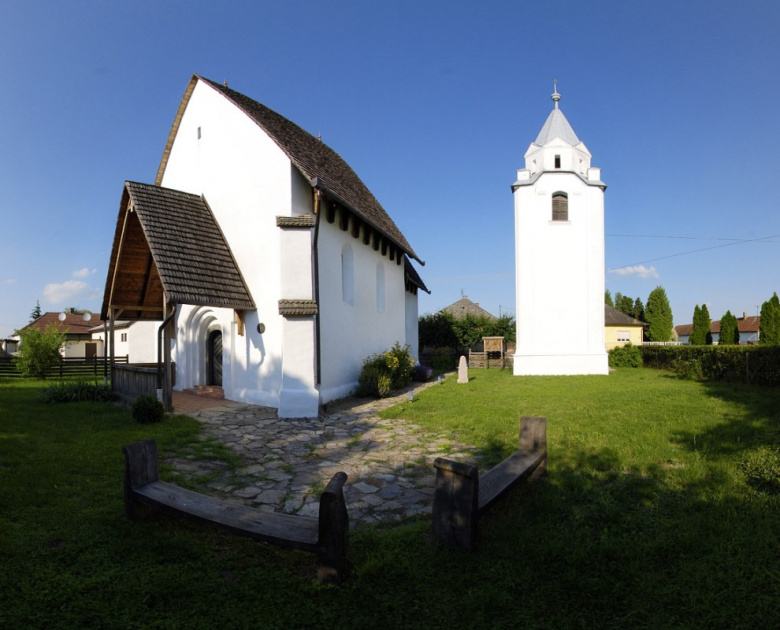
-
Reformed Church of Kölcse →
Hungary
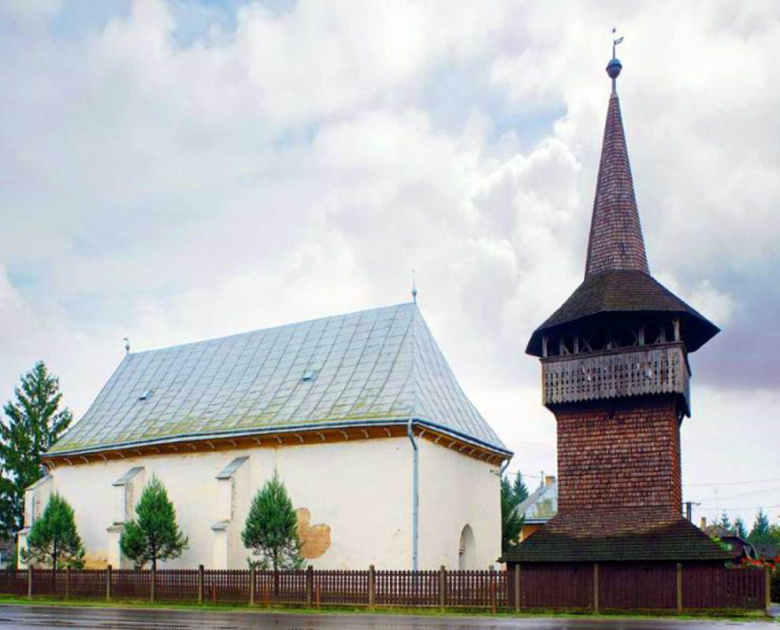
-
Reformed Church of Márokpapi →
Hungary
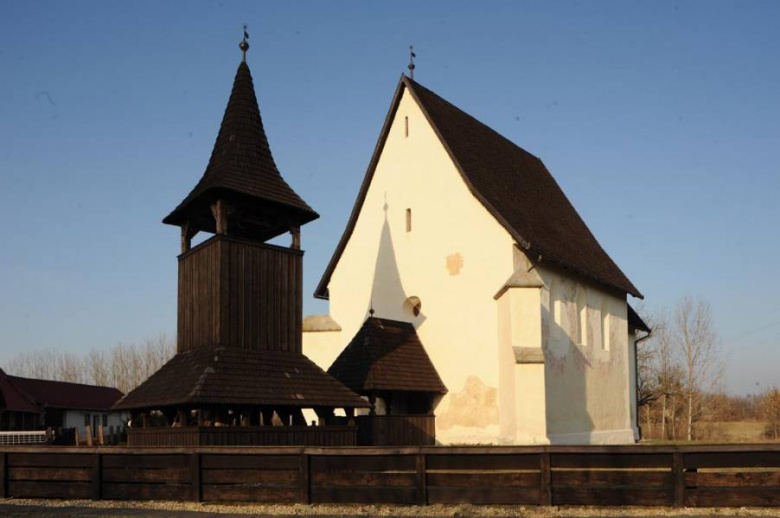
-
Reformed Church of Sonkád →
Hungary
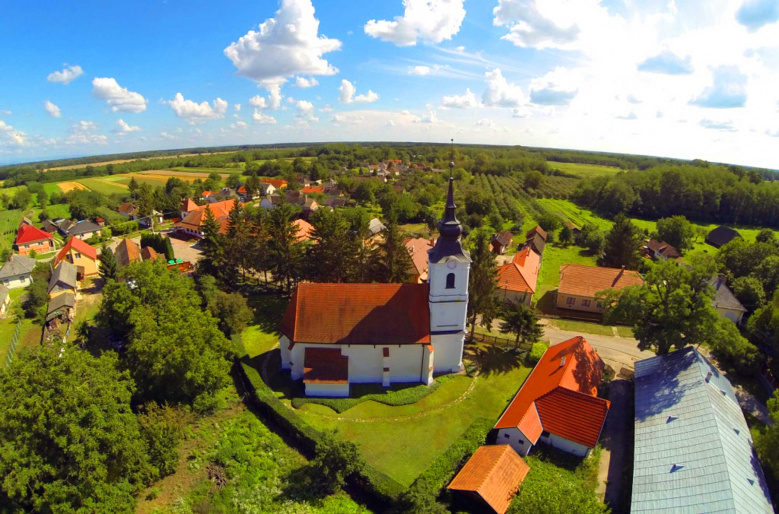
-
Reformed Church of Szamosújlak →
Szamosújlak / Hungary

-
Reformed Church of Tákos →
Hungary
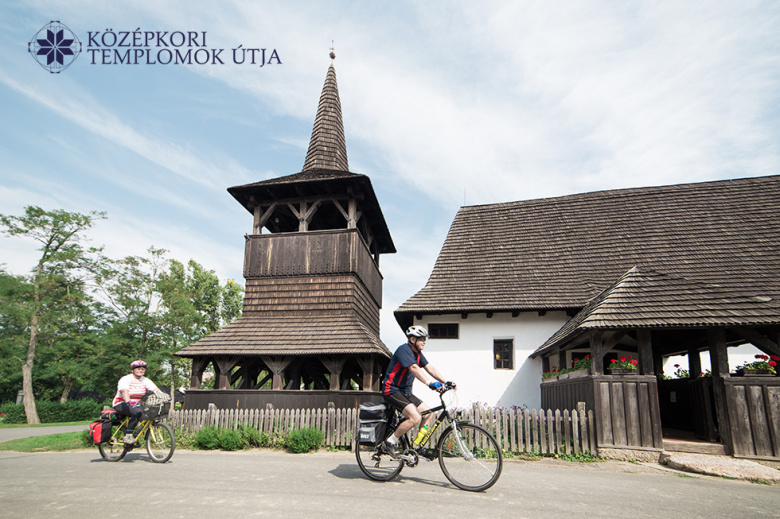
-
Reformed Church of Túristvándi →
Hungary
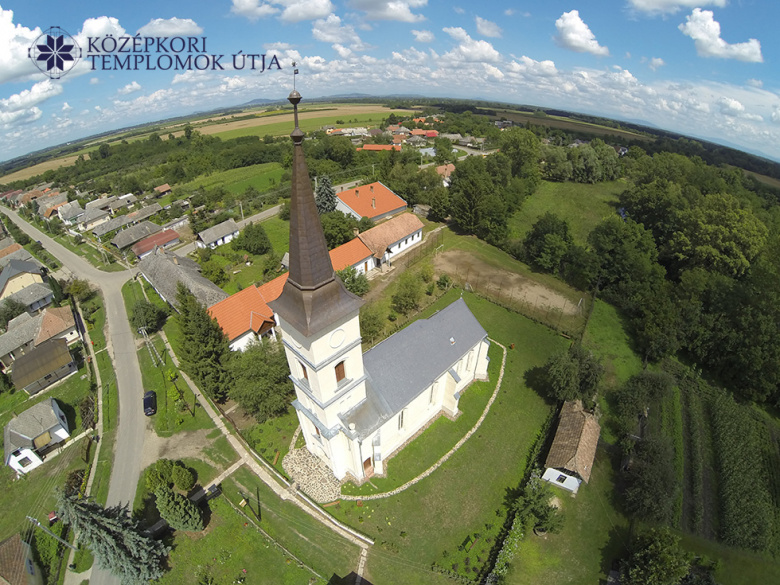
-
Reformed Church of Vámosatya →
Hungary
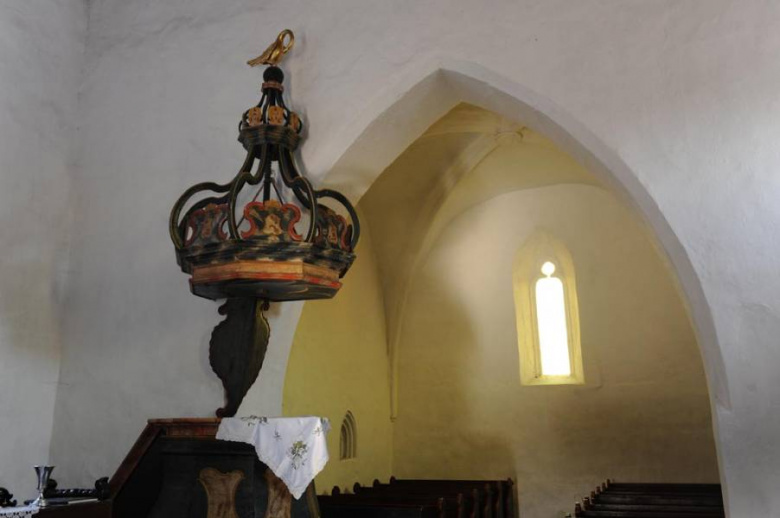
-
Reformed Church of Vámosoroszi →
Hungary
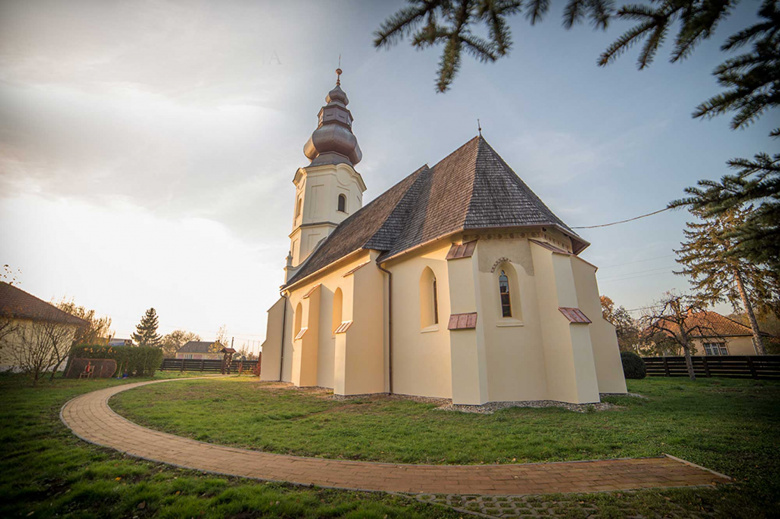
-
Roman Catholic church in Jánkmajtis →
Hungary
-
The Medival Church Route →
Hungary
About the Upper-Tisza area
The cross border peripheral areas of the north-eastern Hungary generally can be said that there are special historical, cultural and natural values, and this is especially true in the Szatmár-Bereg region. A part of Szatmár-Bereg region is identified as a cultural landscape having special value.
The natural environment, farming and settlement system, the landscape forming, landscape value townscape and cultural values are irreplacable, and create a system to be retained for the future.
The cultural heritage is irreplacable, unique and non-renewable sources of our country’s past and present, it is insepearable component of national and universal culture. In Szabolcs-Szatmár-Bereg county 357 pcs monuments can be found.
Hungary’s northeast are simple and rural. Regular flooding of the Tisza and Szamos Rivers cut Bereg off from the rest of Hungary, and isolation discouraged development and preserved traditional ways of life.
Bring your sense of adventure; the simple life is not always so simple. Each small village has only one sight, and the woman who keeps the church key may not be home. It might be best to base yourself in the region’s only sizeable town, Vásárosnamény. And remember that having your own transport is key, as a negligible number of buses connect the villages.